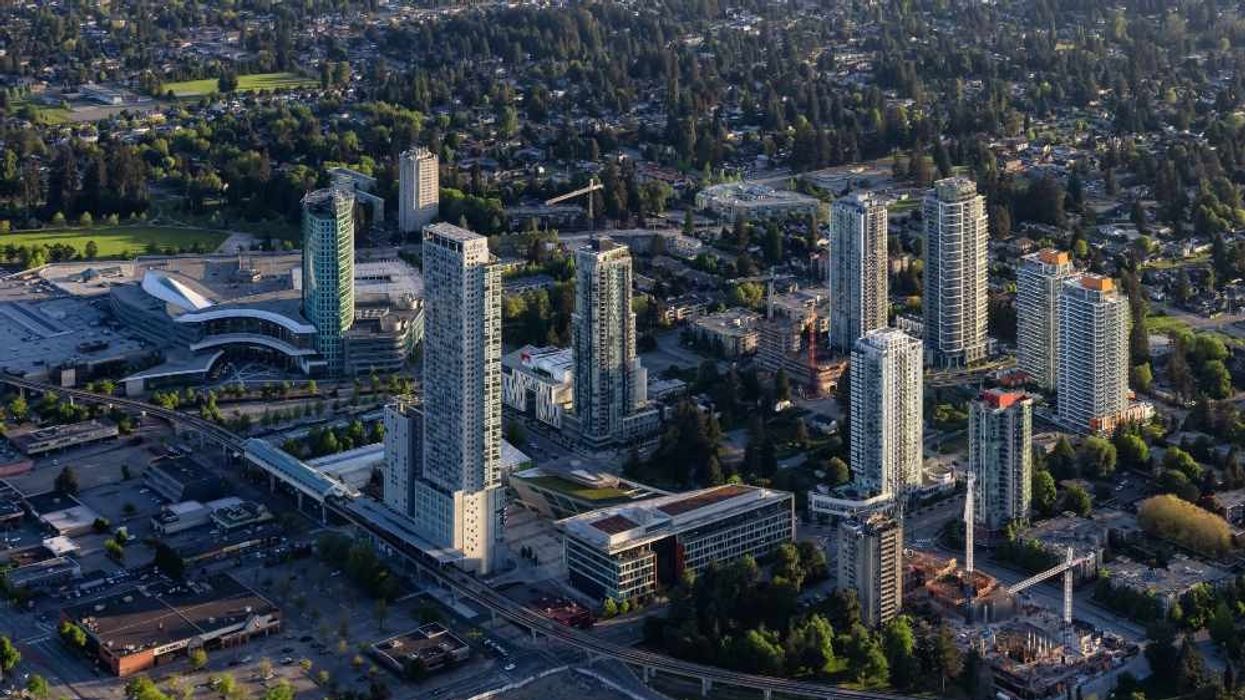Home sales in the Fraser Valley fell off fairly drastically in 2022 compared to the pandemic-related highs of 2021 -- a 44.8% decrease from 27,692 to 15,273, according to the Fraser Valley Real Estate Board's (FVREB) year-end statistics.
The 15,273 tally is the second-lowest total of the past 10 years, and the main culprit is -- as one may expect -- interest rates.
"In a year that saw prices peak early on, feeding off the momentum of record-breaking sales in 2021, the Fraser Valley real estate market came back down to earth by the close of 2022, due largely to interest rate increases designed to stave off inflation," the FVREB said.
Similar to Greater Vancouver, the amount of total listings also decreased, falling 8.9% from 35,629 in 2021 to 32,422 in 2022.
READ: "A Year of Caution": Greater Vancouver Home Sales Fell Nearly 35% in 2022
Zooming in on a month-to-month basis, the FVREB recorded 716 home sales in the Fraser Valley in December, 14.6% less than the 839 recorded in November. December's total was also 60.4% lower than that of December 2021, and is the lowest number of December sales in the past 10 years, according to the FVREB.
December saw 803 new listings, marking a 52.8% decrease compared to November, and a 37.2% decrease compared to December 2021. However, although the total amount of active listings for December -- 3,923 -- was down 26.4% compared to November, that total was nearly double the 1,957 listings seen in December 2021, which was the lowest total in 41 years.
When it comes to prices, the composite benchmark price for all residential property types -- single-detached, townhouses, and condominiums -- finished the year at $955,700, after ending 2021 at $1,184,400.
The Market Lean
What do these numbers tell us?
The above statistics allow us to identify the sales-to-active-listings ratio, a quantitative indicator of whether the real estate market is leaning towards buyers or sellers. A ratio below 12% is usually considered a buyers' market, while a ratio over 20% is viewed as favoring sellers, with anything in between being an indicator of balance.
With 716 sales and 3,923 active listings, the ratio as of December is 18.2%, signalling a balanced market.
The average number of days on market for the Fraser Valley in December was 42 for single-detached homes, 39 for townhouses, and 33 for condominiums, which the Board says is approximately two to three times slower than a year ago.
New Year, New Story?
After a tumultuous year, the calendar has been flipped, and FVREB is now starting off 2023 with hope.
"If the real estate market has shown us anything this year, it's that we must be prepared to adjust and adapt to uncertainty," FVREB CEO Baldev Gill said in a press release on Thursday. "Market reaction to the many variables at play -- be they interest rates, regulatory changes or supply chain issues, for example -- is tough to predict at the best of times."
Sandra Benz, president of the FVREB, added, "As the market has adjusted to rate hikes, we’re starting to see a resumption of interest among the public. For some time, buyers and sellers alike have delayed decisions in somewhat of a watch-and-wait mode. This has dampened sales as well as supply since fewer new listings come onto the market. We expect activity to pick up in the coming months as this pent up supply and demand starts to emerge."





















